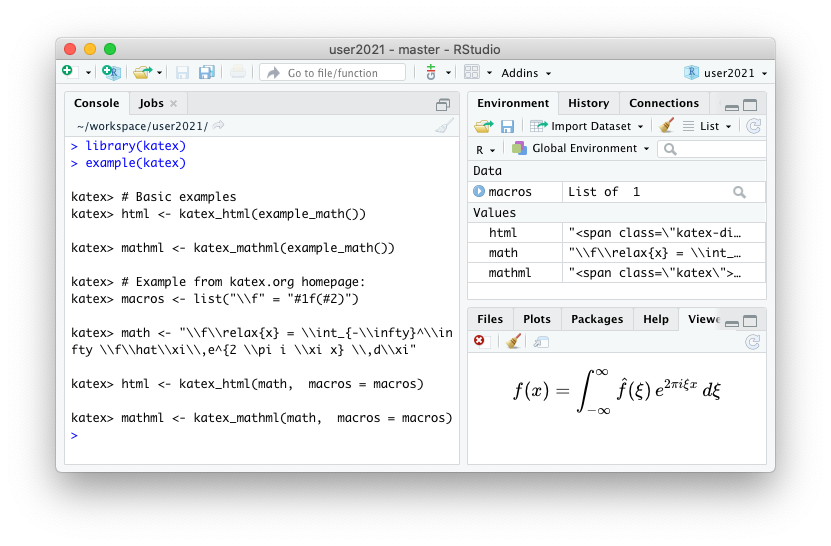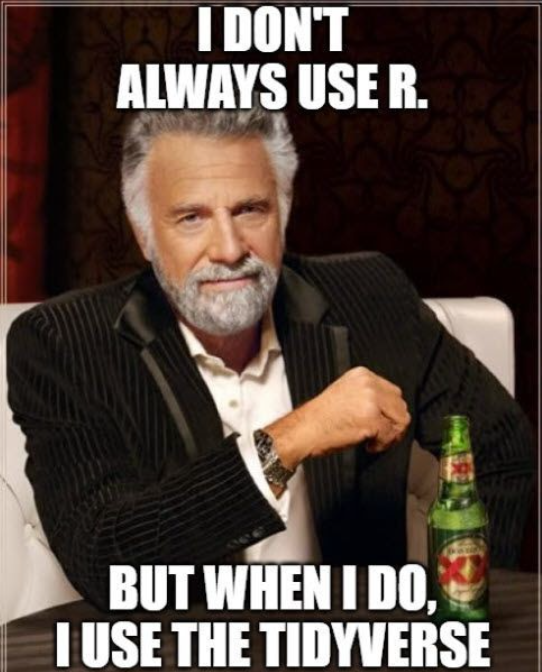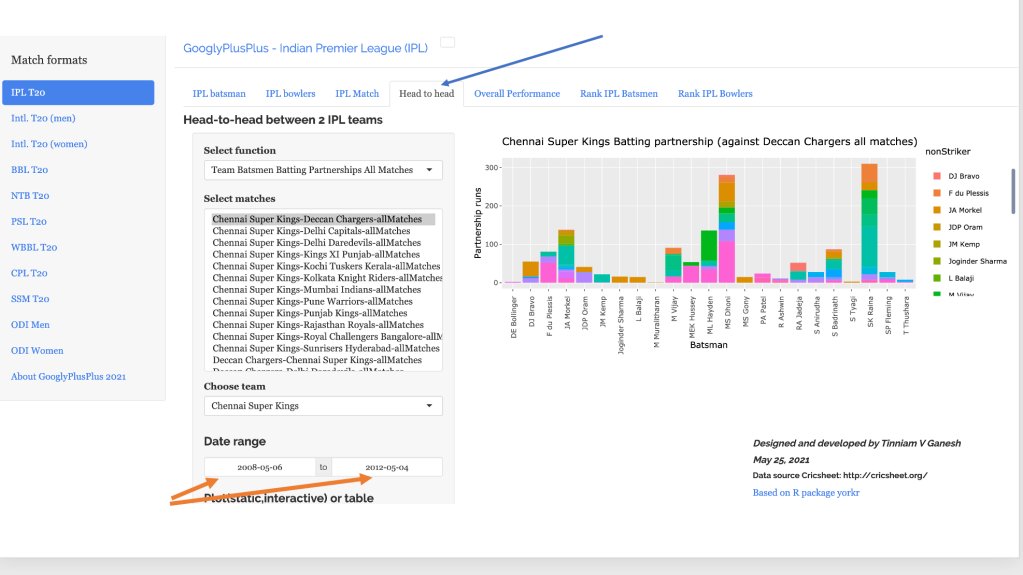Predict which #TidyTuesday Scooby Doo monsters are REAL with a tuned decision tree model








library(dplyr)
bfi <- psychTools::bfi %>%
mutate(
O = across(starts_with("O")) %>% rowMeans(na.rm = TRUE),
C = across(starts_with("C")) %>% rowMeans(na.rm = TRUE),
E = across(starts_with("E")) %>% rowMeans(na.rm = TRUE),
A = across(starts_with("A")) %>% rowMeans(na.rm = TRUE),
N = across(starts_with("N")) %>% rowMeans(na.rm = TRUE)
) %>%
mutate(
gender = factor(gender, labels = c("Man", "Woman")),
education = factor(education, labels = c("HS", "finished HS", "some college", "college graduate", "graduate degree"))
) %>%
select(gender, education, age, O:N) %>%
tidyr::drop_na(education) %>%
# multiply the data set
sample_n(size = 10000, replace = TRUE) %>%
# and add some noise
mutate(across(O:N, \(x) x + rnorm(x, 0, sd(x))))
library(ggplot2) theme_set(theme_bw()) base_plot <- ggplot(bfi, aes(age, O, color = education)) + facet_wrap(facets = vars(gender)) + coord_cartesian(ylim = c(1, 6)) + scale_color_viridis_d() base_plot + geom_point(shape = 16, alpha = 0.1) + geom_smooth(se = FALSE)This is a busy plot. It’s hard to see what the each ...


library(dplyr)
bfi <- psychTools::bfi %>%
mutate(
O = across(starts_with("O")) %>% rowMeans(na.rm = TRUE),
C = across(starts_with("C")) %>% rowMeans(na.rm = TRUE),
E = across(starts_with("E")) %>% rowMeans(na.rm = TRUE),
A = across(starts_with("A")) %>% rowMeans(na.rm = TRUE),
N = across(starts_with("N")) %>% rowMeans(na.rm = TRUE)
) %>%
mutate(
gender = factor(gender, labels = c("Man", "Woman")),
education = factor(education, labels = c("HS", "finished HS", "some college", "college graduate", "graduate degree"))
) %>%
select(gender, education, age, O:N) %>%
tidyr::drop_na(education) %>%
# multiply the data set
sample_n(size = 10000, replace = TRUE) %>%
# and add some noise
mutate(across(O:N, \(x) x + rnorm(x, 0, sd(x))))
library(ggplot2) theme_set(theme_bw()) base_plot <- ggplot(bfi, aes(age, O, color = education)) + facet_wrap(facets = vars(gender)) + coord_cartesian(ylim = c(1, 6)) + scale_color_viridis_d() base_plot + geom_point(shape = 16, alpha = 0.1) + geom_smooth(se = FALSE)This is a busy plot. It’s hard to see what the each ...

library(simplevis) library(dplyr) library(palmerpenguins)sf objects The sf package makes it easy to work with vector data (e.g. points, ...







Copyright © 2023 | MH Corporate basic by MH Themes